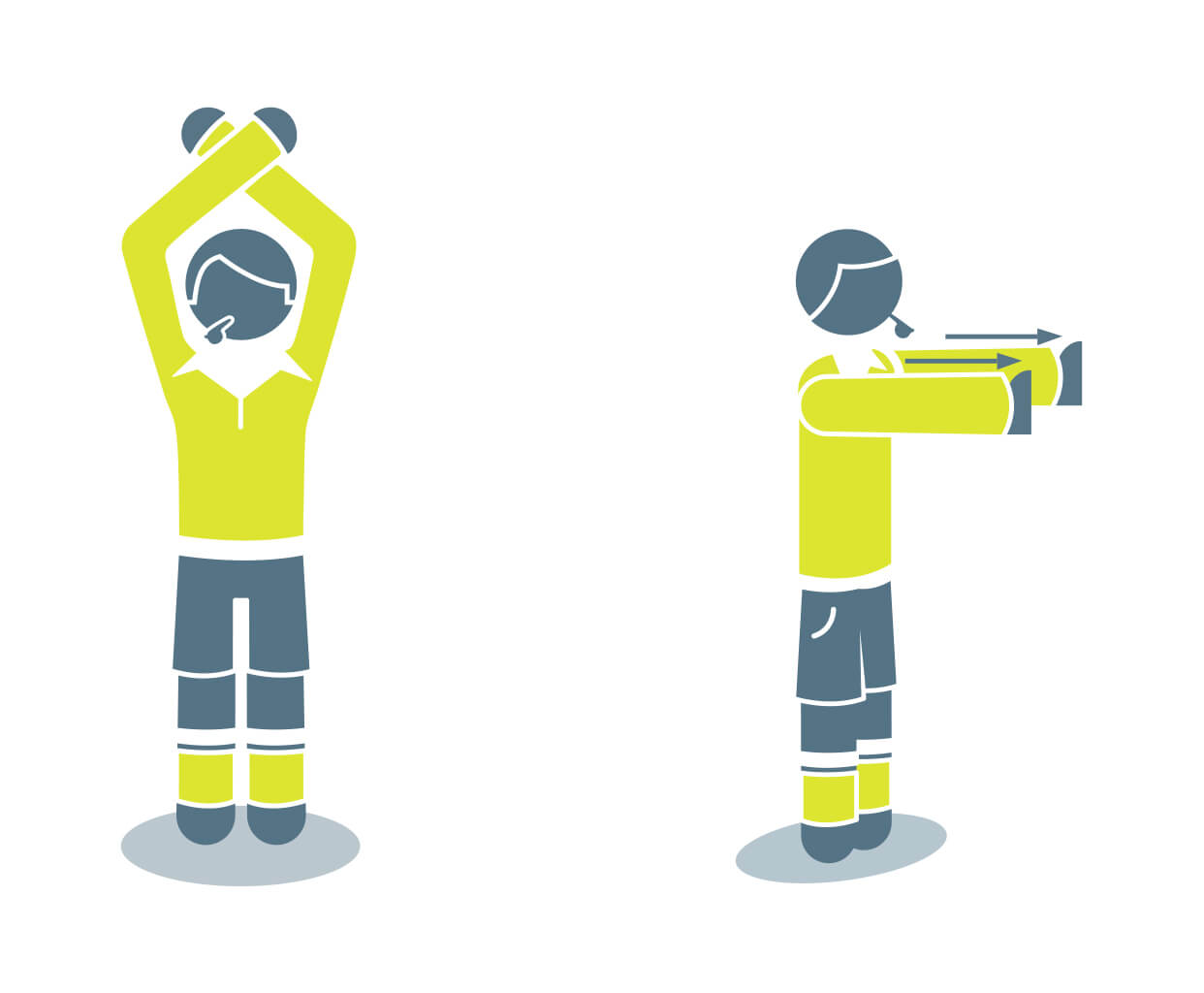NOTES AND MODIFICATIONSNOTES AND MODIFICATIONS
‘Only the captain’ guidelines
Effective as from 1st July 2025
Introduction
Respect and fairness are core values of football, but referees and other match officials are regularly subjected to verbal and/or physical dissent when they make decisions. In extreme cases, players sometimes run at referees and surround or mob them, which shows a lack of respect for the referee, harms the image of the game and can be intimidating and upsetting.
Stronger collaboration between the referee and the team captains can help instil fairness and mutual respect. In this regard, so that the referee can explain key decisions, only the captains will be allowed to approach the referee, provided that they do so respectfully and conduct themselves as such. At the same time, it will be the responsibility of each captain to ensure that their team-mates remain a reasonable distance from the referee and do not interfere in the interaction between the referee and the team captain(s).
The following simple guidelines should assist organisers of competitions wishing to apply the ‘only the captain’ principles.
Guidelines
- Normal interactions between players and the referee are allowed and remain important (to promote transparency and avoid possible frustration and conflict)
- Any player (including the captain) who shows dissent by word or action will be cautioned (yellow card)
- The referee will, where appropriate, explain important decisions to the captain(s) and/or the player(s) involved in an incident
- To prevent players mobbing or surrounding the referee in major situations and following key incidents or decisions:
- only one player from each team – usually the captain – is allowed to approach the referee and, when doing so, they must always interact in a respectful manner
- the referee may instruct/encourage players (verbally or with gestures) not to approach them
- the team captains are responsible for helping to direct their team-mates away from the referee
- players who approach/surround the referee when they are not permitted to do so may be cautioned (yellow card)
- if appropriate, the referee may delay the restart of play to allow the captain(s) time to speak with their team-mates to explain a decision, demand proper behaviour, etc.
- Interaction with, or an approach by, any player other than the captain is at the discretion of the referee, e.g. if the player has committed an offence, been fouled and/or is injured
When the captain is the goalkeeper
- Where the goalkeeper is the captain, the referee must be told, no later than at the coin toss before kick-off, which player is nominated to approach the referee instead of the goalkeeper
- Only the goalkeeper or the nominated player, not both, may approach the referee
- If the nominated player is substituted or sent off, another player must be nominated
Option for youth, veterans, disability and grassroots football
The guidelines below apply only to youth, veterans, disability and grassroots football.
- The referee can initiate the ‘only the captain’ guidelines by blowing the whistle and using the following signal:
- Raising both arms above their head and crossing them at the wrists
- Uncrossing their arms and moving them in front of their body with their palms open in a forward pushing motion to indicate that the players must not approach

- A captain-only zone will then extend for 4 m (4.5 yds) around the referee
- Where appropriate, the referee may move away from the players to create the captain-only zone
- No player is permitted to enter the captain-only zone except each team’s captain, who should wear an identifying armband
- The captain has a degree of responsibility for encouraging team-mates to respect the captain-only zone and remain at least 4 m (4.5 yds) away from the referee
- If one player other than the captain enters the captain-only zone, the offender should be cautioned (YC) for dissent by action
- If more than one player from a team enters the captain-only zone, at least one player must be cautioned (YC) – this will usually be the first unauthorised player to enter the captain-only zone or the player whose approach is most aggressive
- Any incident in which more than one unauthorised player from a team enters the captain-only zone must be reported to the appropriate authorities after the match*
*It is strongly recommended that competition organisers have sanctions in place to deal with situations where more than one player from a team enters the captain-only zone.